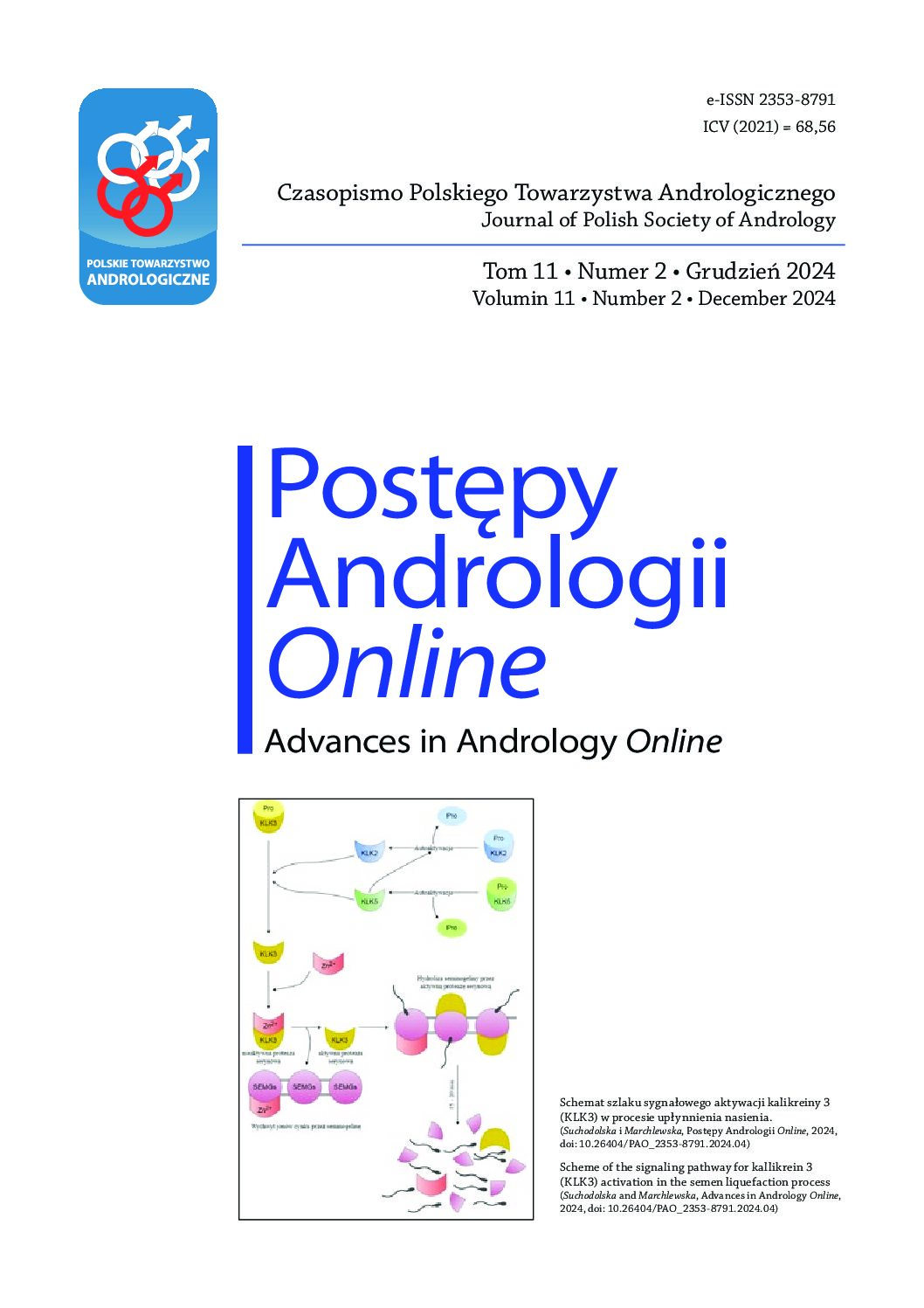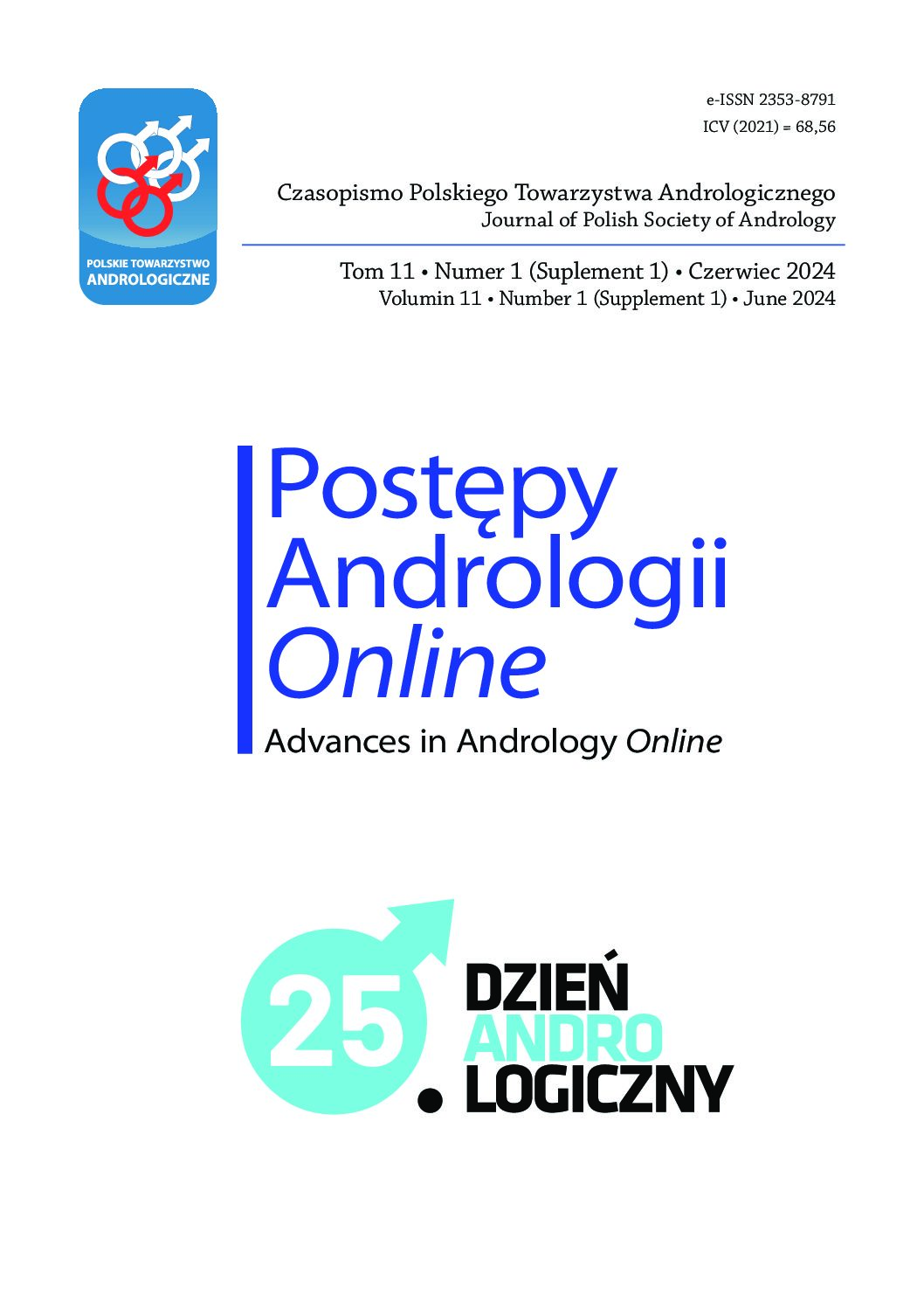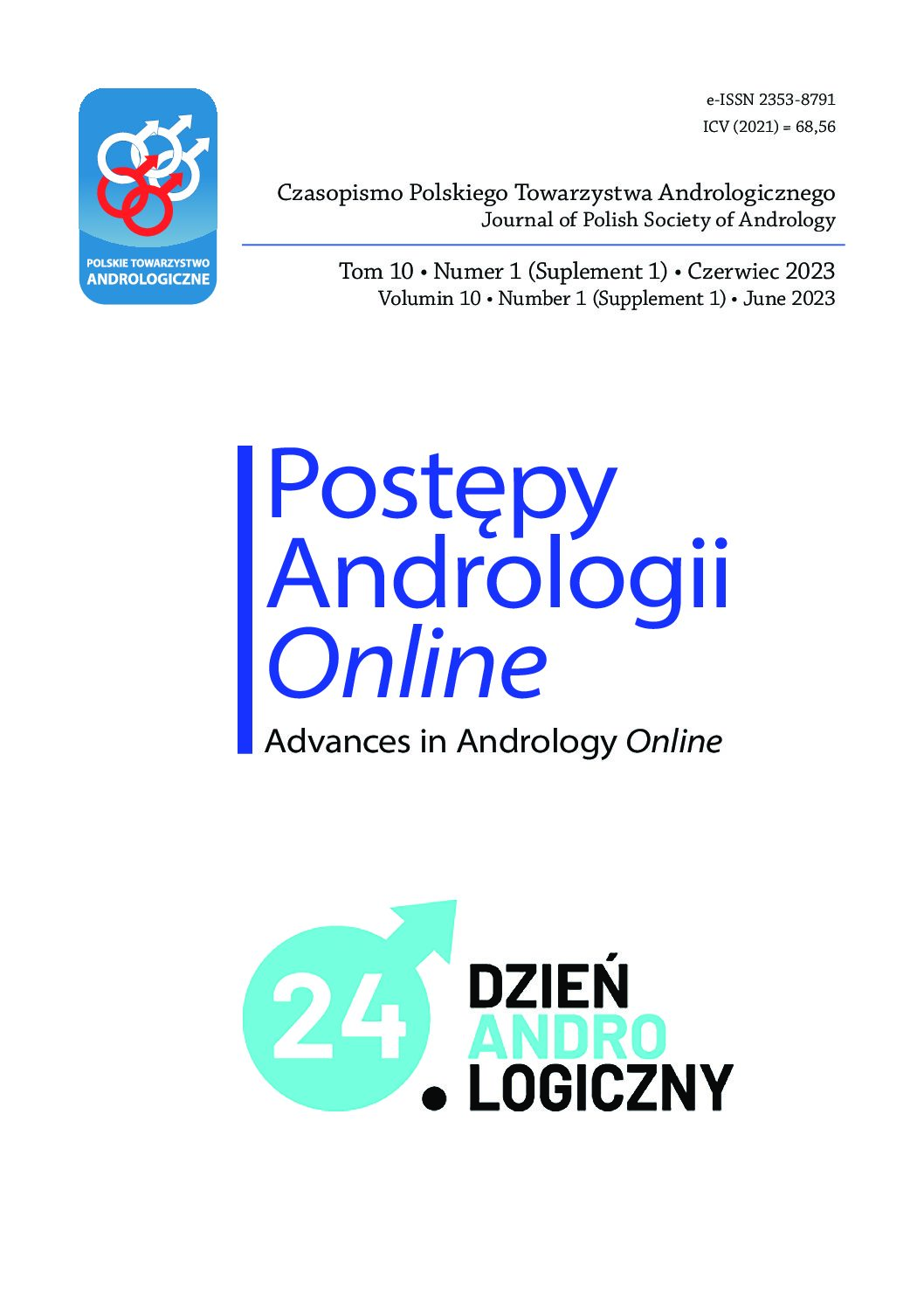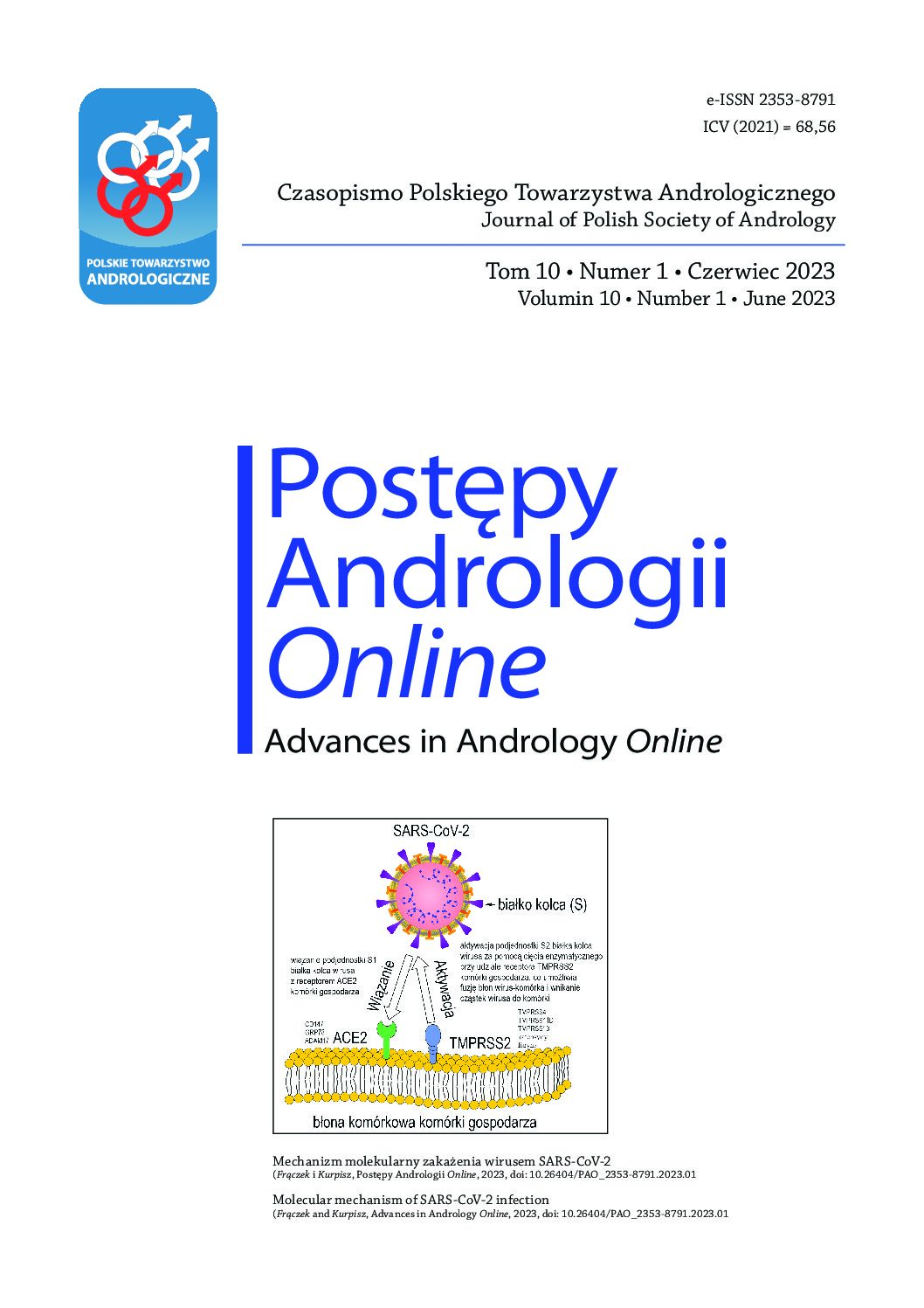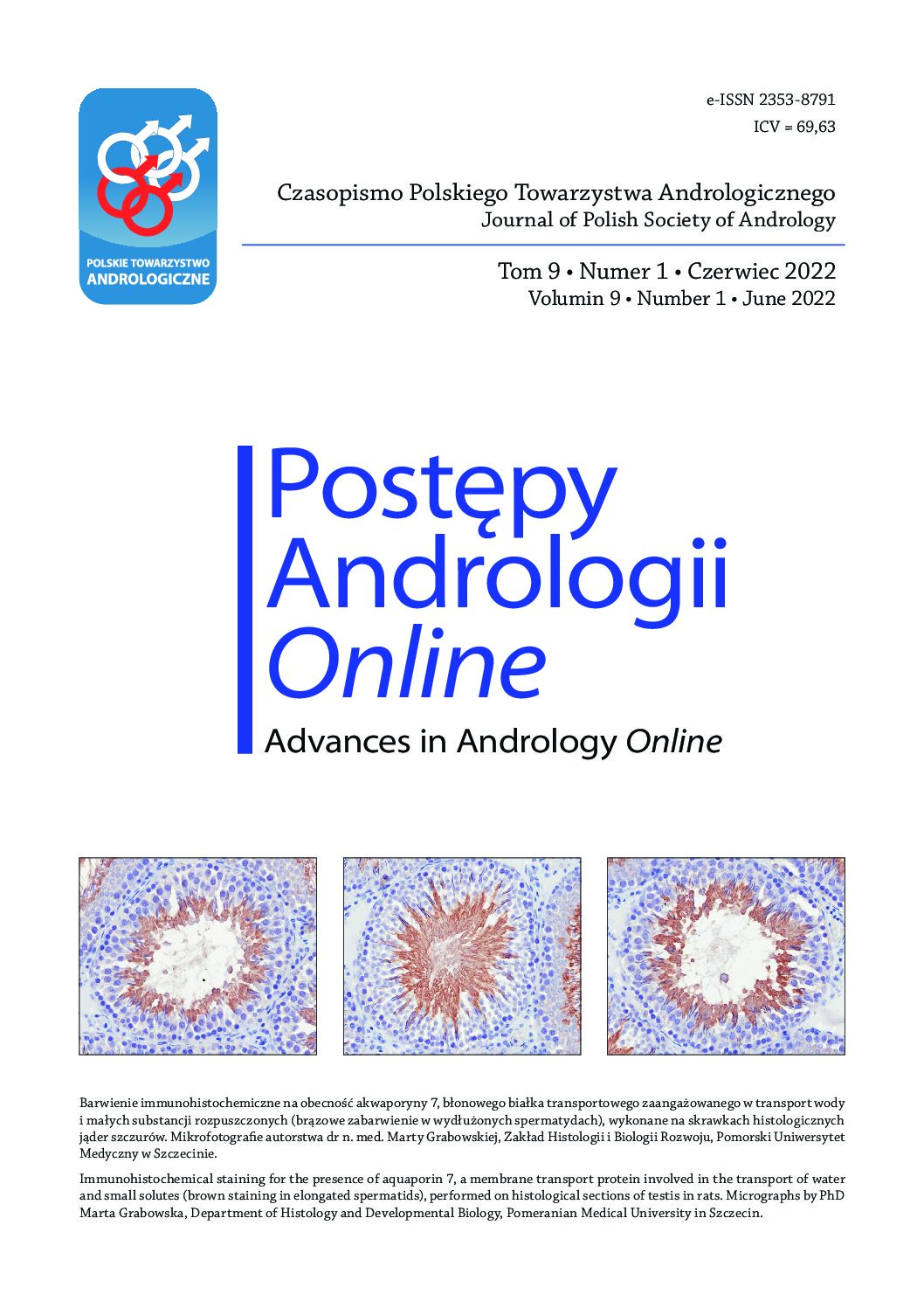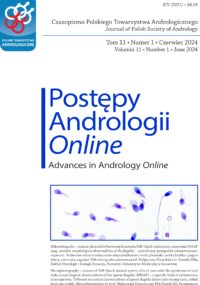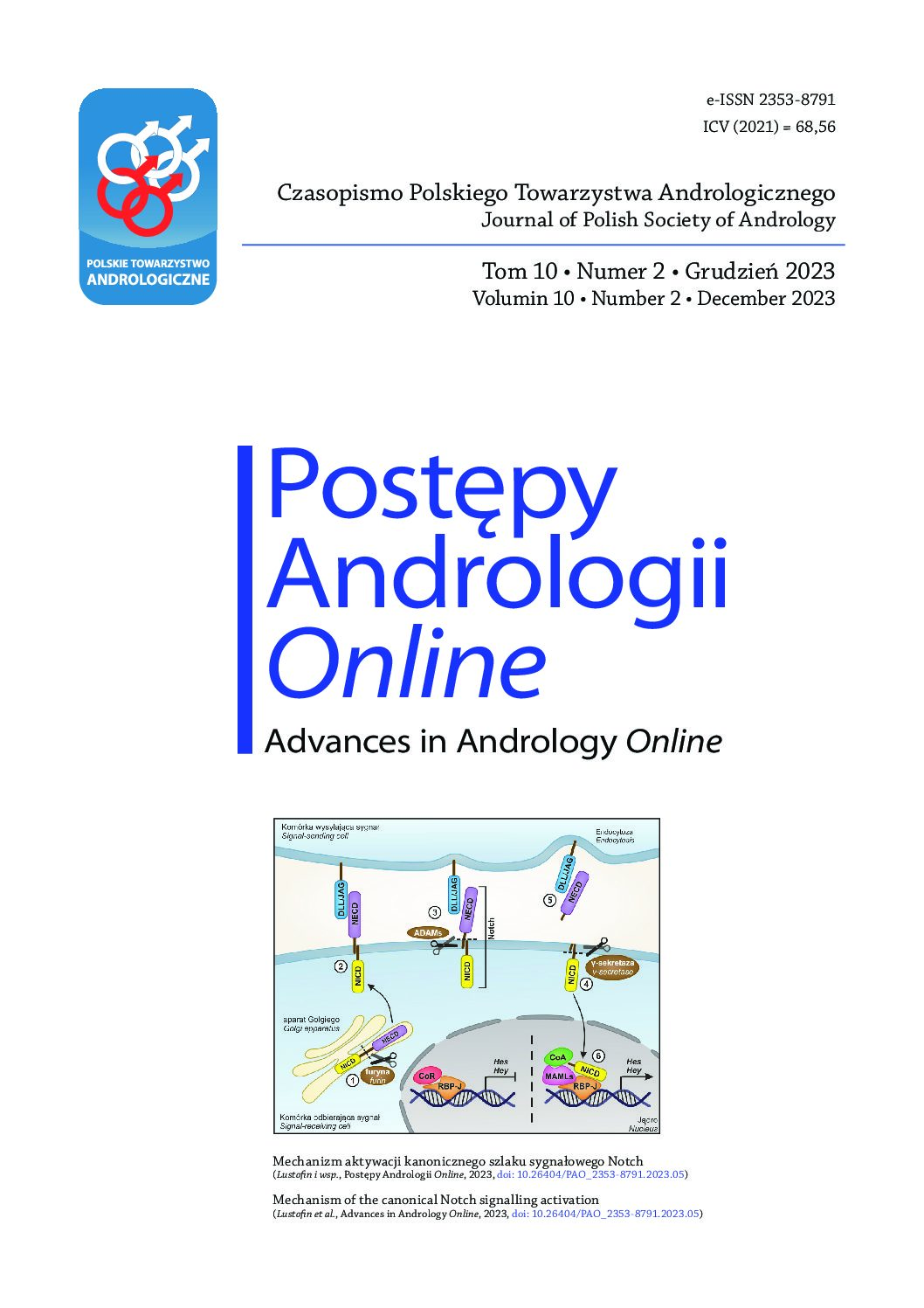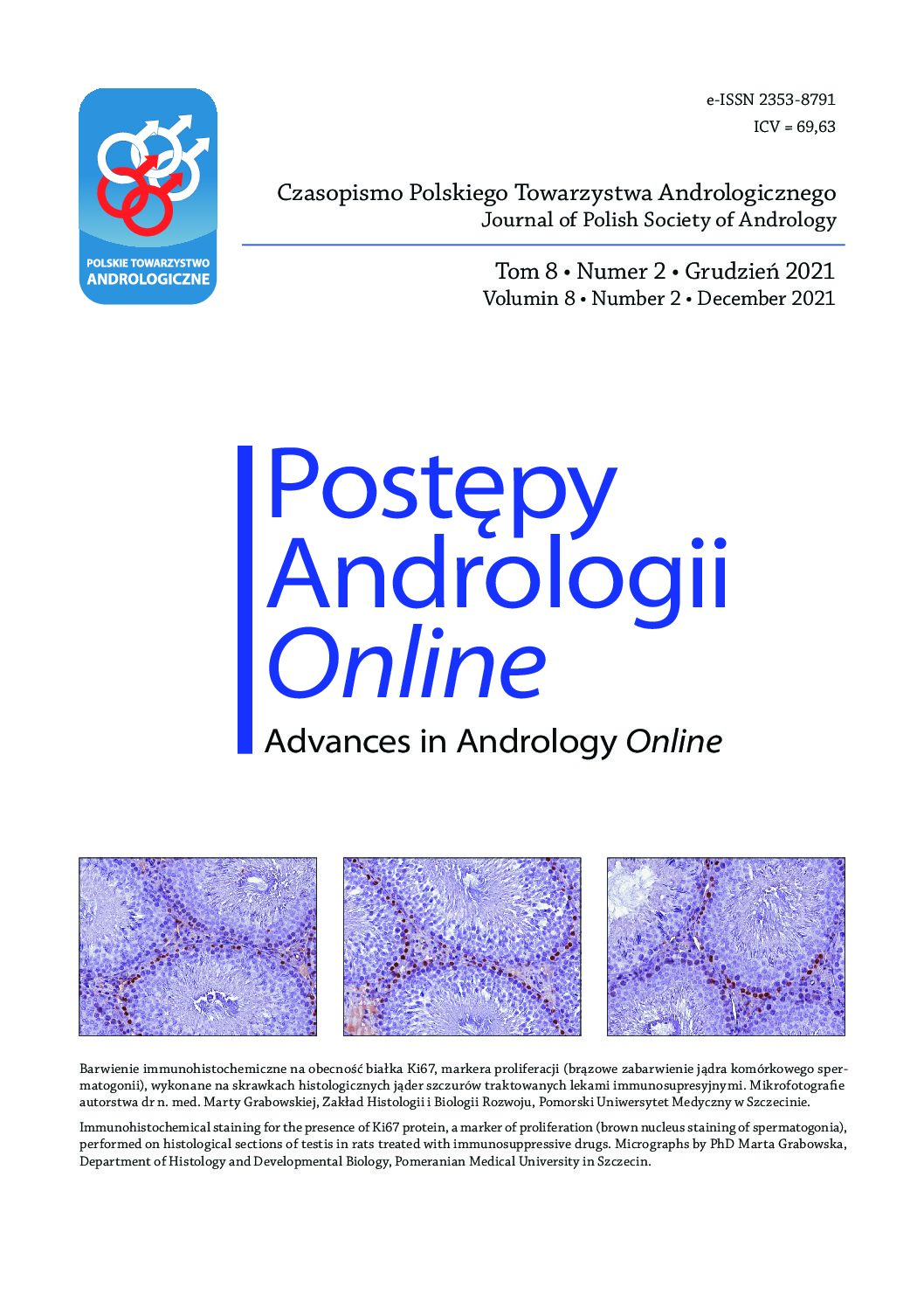Current understanding of the pathogenesis of testicular germ cell tumours
This review article discusses the latest evidence concerning pathogenesis of testicular cancer. Andrologists should be aware of this malignancy, because of the association with testicular dysgenesis and decreased fertility in relatively young patients. Cancer of the testis is synonymous with testicular germ cell tumours (TGCT) which are derived from germ cell neoplasia in situ (GCNIS) and comprise seminoma and non-seminoma. A high risk of TGCT in patients with differences in sex development and testicular dysgenesis syndrome strongly implicate developmental period. GCNIS cells are developmentally arrested and transformed gonocytes which retain a high expression of pluripotency factors and an embryonic profile of micro-RNAs (miR-371a-3p). The arrest is likely caused by a disruption of the cross-talk between developing germ cells and their somatic niche, which is regulated by a multitude of factors. Among the disrupted pathways, the sex differentiation signalling cascade, the androgen signalling, the gonadotrophin signalling and the sex-dimorphic mitosis-meiosis switch have been identified, but other pathways likely will be discovered. The rapidly changing incidence trends of testicular cancer implicate mainly environmental/lifestyle factors, which remain unknown, while ethnic differences in the incidence support a role of genetic background, with Caucasian populations being at greatest risk. Susceptibility loci identified in genome-wide sequencing and targeted genomic studies have implicated numerous pathways mainly linked to sex differentiation and gonadal development, but also centrosome cycle and telomerase function, e.g. KITLG, SPRY4, BAK1, DMRT1, AR, TERT, GATA4, AMHR2. By contrast, testicular germ cell tumours display a striking paucity of oncogenic driver mutations, except secondary genomic changes, incl. polyploidization, amplification of 12p and mutations in KIT and KRAS/NRAS.
In conclusion, TGCT is a developmental disease, with polygenic and multifactorial aetiology. The etiopathogenesis of testicular cancer is complex, and likely involves disruption of normal gonadal development in genetically susceptible individuals by a multitude of environmental factors, which need to be identified in large and well-controlled cohort studies.
